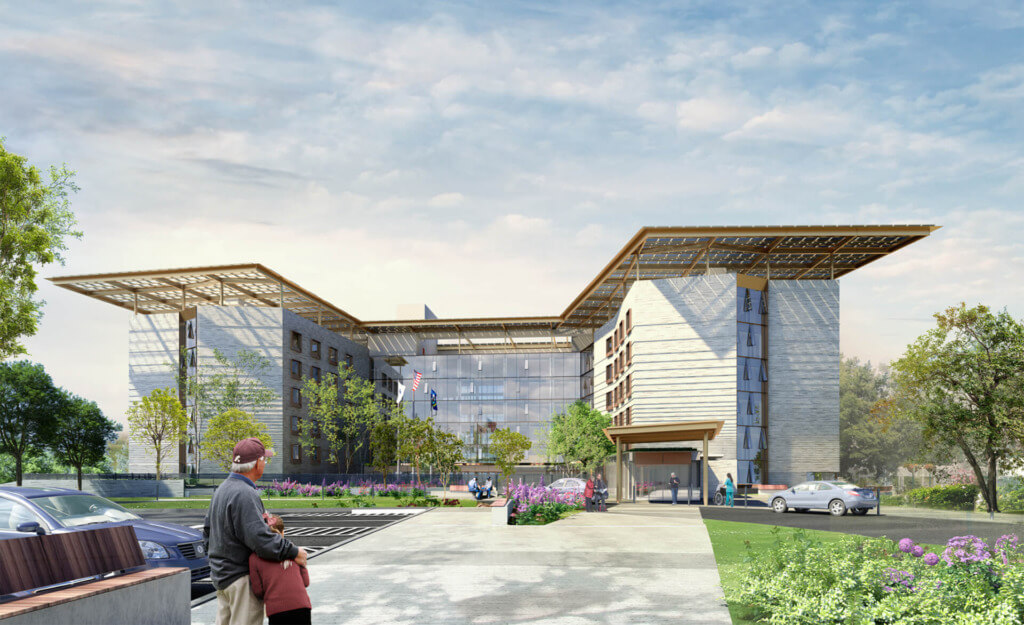The built environment is responsible for more than 40% of total global greenhouse gas emissions, and as such, those that design, build and regulate the construction of buildings hold tremendous power and potential to reduce a significant portion of the world’s carbon emissions. To ensure global warming does not exceed 1.5oC and avoid the worst impacts of climate change, scientists tell us that we must reduce carbon emissions from all sectors, including the built environment, 50% – 65% by 2030 and fully decarbonize by 2040.

A growing number of the world’s largest architecture, landscape architecture, planning, engineering and construction firms and organizations have committed to this goal and are signing their names to the 1.5oC COP26 Communiqué – a call to action to government leaders to step up their commitments to reduce carbon emissions to meet the Paris Agreement’s 1.5oC target.

Andrea Love, AIA, LEED Fellow, urges professions like ours to work quickly to decarbonize the built environment. PAYETTE is working to reduce operational and embodied carbon in some of the most energy intensive building typologies of laboratories and healthcare projects. We strive to prove that beautiful, net-zero buildings are achievable for all building types. By focusing first on reducing building loads and energy efficiency, eliminating fossil fuels, and then powering with both on and off-site renewable energy, Chelsea Soldiers’ Home, a long-term healthcare facility is an example of how carbon neutrality can be achievable even in large, intensive buildings.
We also need better tools and information that can allow us to make design decisions informed by their carbon impact. At PAYETTE we developed Kaleidoscope, which allows any designer to quickly compare the embodied carbon of different assemblies early in design when critical design decisions are being made.

